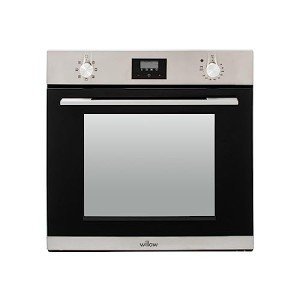The Little Known Benefits Of Built In Range

Comprehending the Built-In Range: A Deep Dive Into One of one of the most Versatile Programming Features
The built-in function range() is one of the most commonly utilized functions in programming, especially in Python. Its simpleness and adaptability make it a vital tool for developers, engineers, and data scientists alike. In this article, we will explore the essential elements of the built-in range function, its syntax, use cases, and some useful examples to assist you take advantage of its power in your coding ventures.
What is the Built-In Range?
In Python, the range() function produces a series of numbers. It is typically used for version, especially within loops, allowing programmers to carry out a block of code a specific number of times without manually defining each model.
Syntax of the Range Function
The range() function can take one, 2, or three arguments, and its basic syntax is as follows:
range( start, stop, action).
start: The starting point of the sequence (inclusive). If left out, it defaults to 0.
stop: The endpoint of the sequence (unique). This argument is required.
step: The difference between each number in the series. If left out, it defaults to 1.
Examples of Using Range.
Fundamental Usage: Using range() in a basic for loop to print numbers from 0 to 4:.
for i in range( 5 ):.
print( i).
Output:.

0
1.
2.
3.
4.
Defining a Start and Stop: You can define both a starting point and an endpoint:.
for i in range( 2, 6):.
print( i).
Output:.
2.
3.
4.
5.
Utilizing a Step Value: The step specification allows you to control the increments:.
for i in range( 0, 10, 2):.
print( i).
Output:.
0
2.
4.
6.
8.
Counting Backwards: The action can also be negative, permitting counting down:.
for i in range( 5, 0, -1):.
print( i).
Output:.
5.
4.
3.
2.
1.
Practical Applications.
Iterating Over Lists: While utilizing range() prevails in for loops, it can also be useful for repeating over the indices of a list.
fruits = [' apple', 'banana', 'cherry'] for i in range( len( fruits)):.
print( f" i: fruits [i] ").
Output:.
0: apple.
1: banana.
2: cherry.
Creating Number Sequences: The function is handy for creating sequences of numbers, which you might need for algorithms or data manipulation.
number_list = list( range( 10, 21)).
print( number_list).
Output:.
[ buy built in oven , 11, 12, 13, 14, 15, 16, 17, 18, 19, 20] List Comprehensions: range() works perfectly with list comprehensions for more condensed expressions.
squares = [x ** 2 for x in range( 5)] print( squares).
Output:.
[0, 1, 4, 9, 16] Conclusion.
The built-in range function is a basic function in Python that supplies a simple way to produce sequences of numbers, which can be used for a variety of shows jobs. Whether you are working on loops, producing lists, or executing algorithms, comprehending how to make use of range() is vital for efficient Python coding. As you continue to check out the language, you'll certainly find new methods to utilize this effective tool, making your programming tasks more effective and structured.
